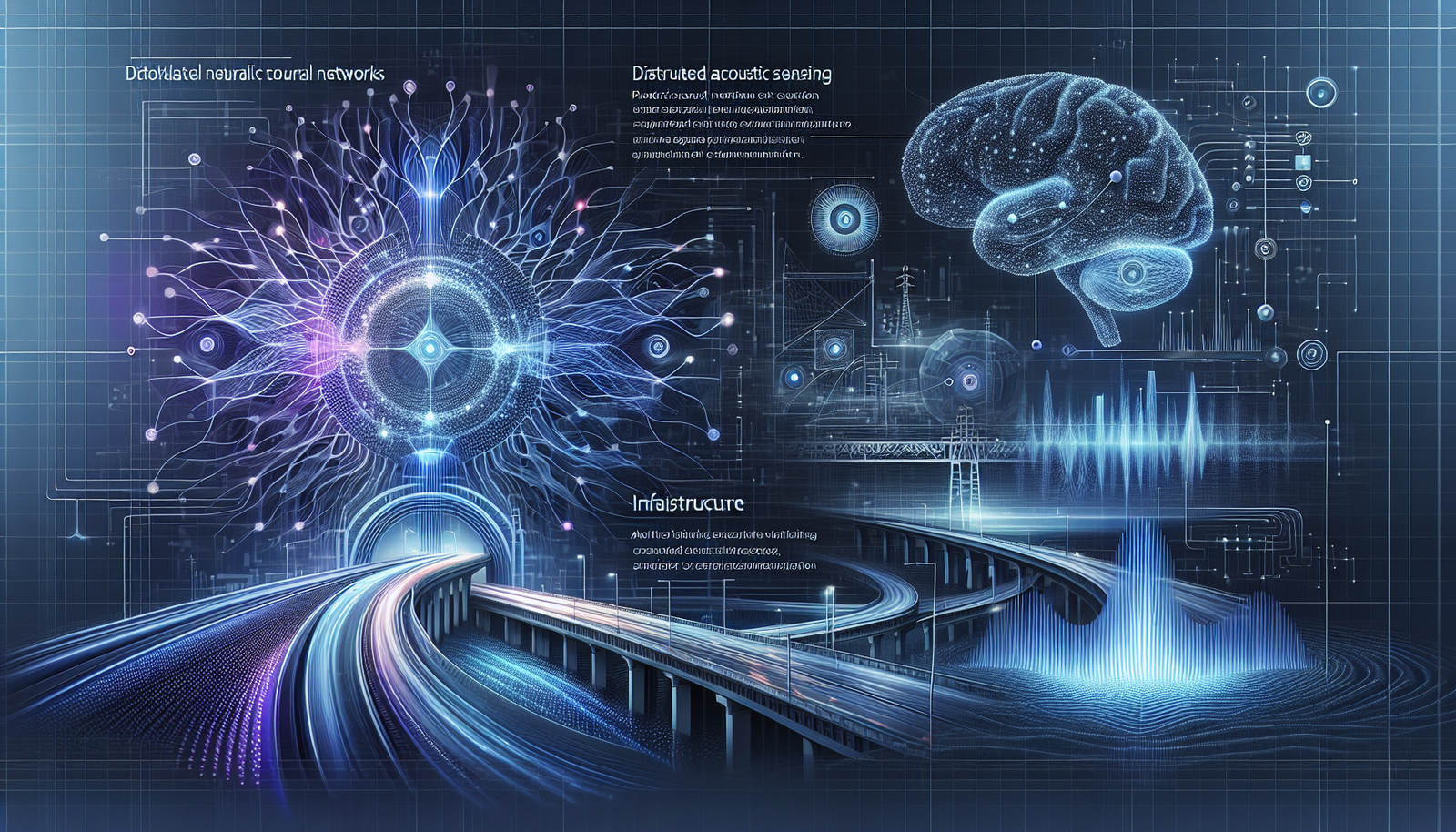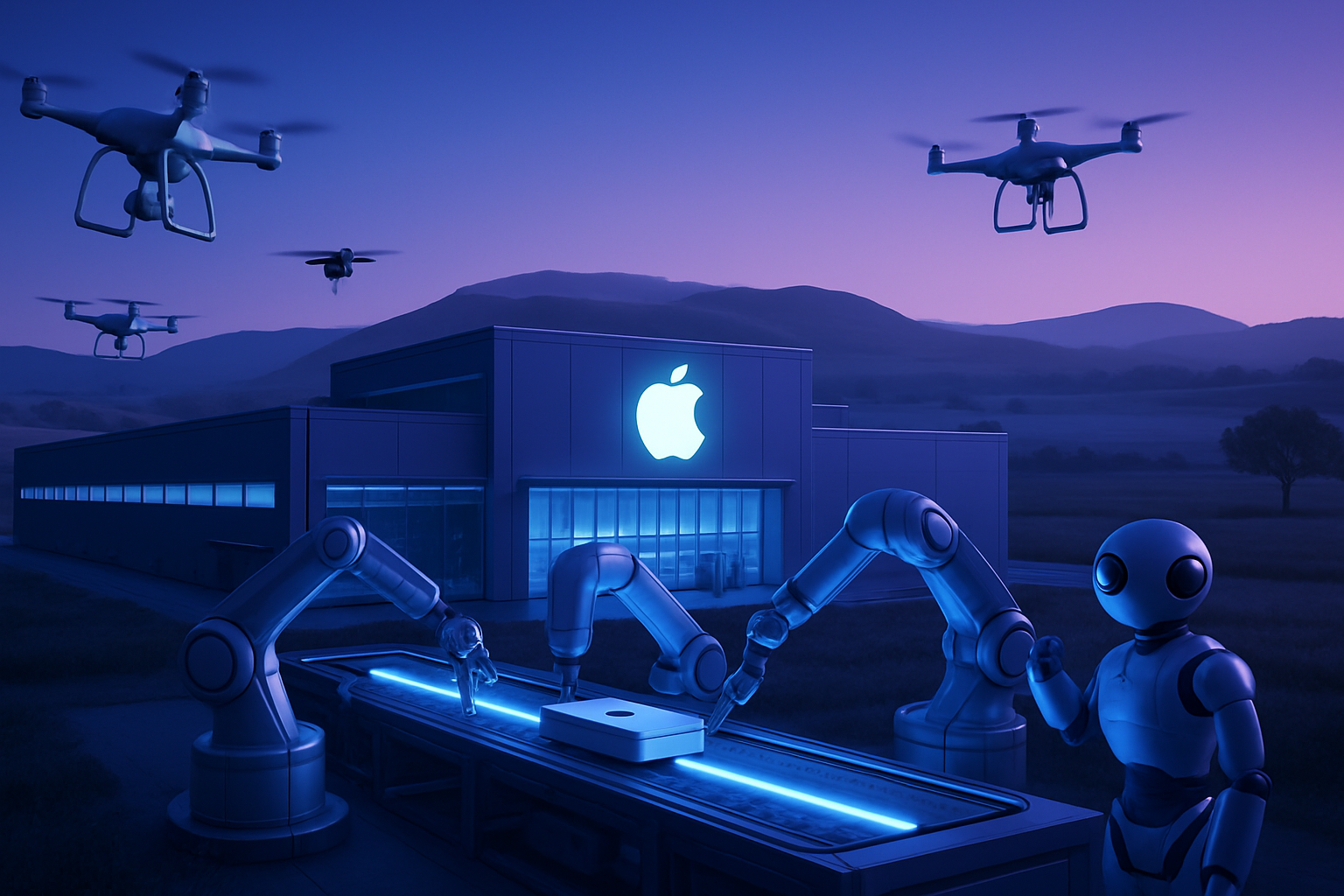The fusion of photonic neural networks with distributed acoustic sensing represents an unprecedented advancement in infrastructure monitoring. This innovative approach raises crucial issues related to securing critical systems. Emerging technologies offer unprecedented detection capabilities, allowing for the capture of imperceptible vibrations, ensuring optimal vigilance.
This technological combination revolutionizes the surveillance landscape, transforming traditional methods that are often limited. The synergy between photonics and acoustics paves the way for practical applications across various sectors, ranging from public safety to industrial use. The consistent efficiency of these AI-enhanced systems not only ensures early detection of anomalies but also enables rapid and precise responses to potential threats.
Mixing photonic neural networks and distributed acoustic sensing
The marriage of photonics and acoustic analysis opens new perspectives for infrastructure monitoring. Photonic neural networks, which capitalize on advancements in optical information processing, prove complementary to distributed acoustic sensing (DAS) systems. The latter enables continuous monitoring of vibrations along optical fiber cables, providing increased sensitivity to anomalies.
Advantages of photonic neural networks
Photonic neural networks, integrated on silicon platforms, are characterized by remarkable execution speed thanks to their optical basis. This technological framework allows for the analysis of acoustic data with unprecedented precision, thereby contributing to rapid detection of undesirable events. The combination of these technologies is promising, as it optimizes monitoring efficiency by reducing false positives.
Practical applications in infrastructure monitoring
The fusion of the two technologies applies to critical infrastructures such as bridges, tunnels, and pipelines. By detecting acoustic signals related to potential failures, this approach allows for anticipating catastrophic events. The information gathered by DAS, processed by photonic neural networks, offers a comprehensive and dynamic view of infrastructure status.
Recent developments and research
Researchers, such as those at Simseo, are working on the combined implementation of *photonic neural networks* with DAS. This innovative project highlights the potential for real-time analysis, while underscoring the importance of AI in evaluating collected data. Acoustic analysis, enriched by deep learning algorithms, ensures a refined and in-depth interpretation of recorded vibrations.
The advancements made in this field suggest an imminent adoption by companies and government agencies. The convergence of these technologies could revolutionize predictive maintenance practices, reducing operational costs while improving infrastructure safety.
Challenges to overcome
Despite the undeniable advantages, several challenges must be addressed. The complexity of system integration and the need for adequate training of operators represent significant obstacles. The development of computing capabilities must also keep pace with technological advancements to ensure optimal efficiency of deployed tools.
The issue of data security and privacy remains a key concern in large-scale implementation. Special attention must be paid to the protection of sensitive information collected by these monitoring systems to guard against potential abuses.
Future perspectives
Future applications of this hybrid system could extend beyond traditional infrastructures. By integrating photonic neural networks and acoustic sensing, uses are also envisioned in other fields such as public safety or natural resource management. Continuous innovation in these technologies promises to enhance infrastructure resilience to natural disasters and human failures.
Preliminary results encourage researchers to continue exploring these avenues, which could lead to revolutionary and sustainable solutions in the monitoring sector.
Frequently asked questions about photonic neural networks and distributed acoustic sensing
What are photonic neural networks?
Photonic neural networks are systems based on optical technologies that mimic the functioning of biological neural networks. They use light to process and transmit information, allowing for very high processing speeds.
How does distributed acoustic sensing work in the context of infrastructures?
Distributed acoustic sensing uses fiber optic cables to detect vibrations and sounds along the fiber. By analyzing these acoustic signals, it is possible to identify events such as cracks in structures or intrusions.
What are the benefits of combining photonic neural networks with distributed acoustic sensing?
By combining these technologies, it is possible to improve the accuracy and speed of acoustic data analysis. Photonic neural networks can process information in real-time, enabling a quicker response to detected anomalies.
What type of infrastructures can benefit from this technology?
This technological set is particularly useful for critical infrastructures such as bridges, tunnels, and pipelines, where early detection of problems can prevent serious accidents or structural failures.
How is the security of data collected by these systems ensured?
Data security is paramount and is generally ensured by advanced encryption protocols during the transmission and storage of data, thereby preventing unauthorized access to sensitive information.
What is the range of distributed acoustic sensing?
The range depends on the system configuration, but generally, the cables can cover distances of several kilometers, thus providing a wide monitoring area for infrastructures.
What are the challenges related to the integration of these technologies?
Challenges include the complexity of system integration, the cost of equipment, and the need for user training to correctly interpret the generated data.
Can these systems operate in noisy environments?
Yes, distributed acoustic sensing systems can be designed to filter background noise and focus on specific signals, thus enabling effective detection even in noisy environments.
Who is currently developing these technologies?
Many technology companies, as well as academic and research institutions, are actively working on developing solutions that combine photonic neural networks and distributed acoustic sensing for various applications.
What are the potential application areas beyond infrastructures?
In addition to infrastructures, these technologies can be applied in areas such as public safety, environmental monitoring, and even in healthcare systems to monitor medical equipment.






